|
A museum dedicated to the Jewish refugees who fled Nazi Germany for Shanghai reopened after a major expansion and renovation project. Our contributor in Shanghai, Alice Davis, paid a visit

Alice Davis | Planet Attractions | 04 Jun 2021
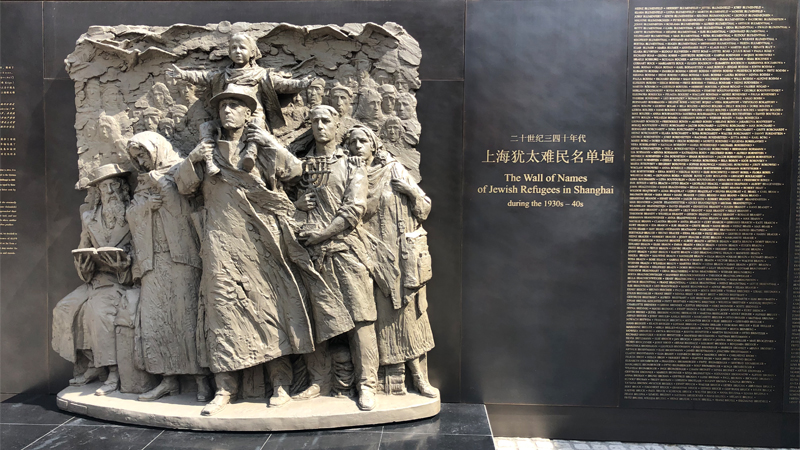
 A 34-metre (112 ft) long copper memorial wall is engraved with the names of more than 18,000 Jewish refugees harbored in China during World War II Credit: Alice Davis A 34-metre (112 ft) long copper memorial wall is engraved with the names of more than 18,000 Jewish refugees harbored in China during World War II Credit: Alice Davis
A trip to the newly renovated Shanghai Jewish Refugee Museum is an opportunity to learn about a unique slice of history and the bond that was forged between the Shanghainese and the Jewish people during World War II.
The museum was established in 2007 and attracted around 100,000 visitors annually, but in 2020 it underwent a major renovation.
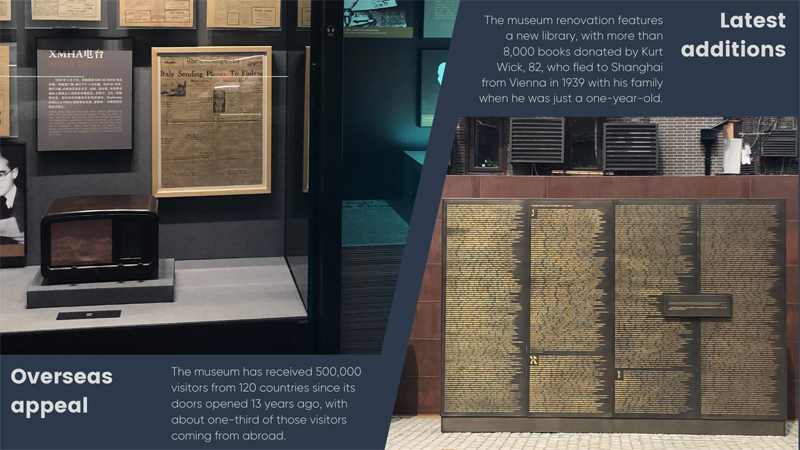
It’s located at the site of an old synagogue, which dates back to 1927. The renovation includes two residential houses in Hongkou District that were homes to Jewish families and now house new exhibition spaces. The expansion has also seen the museum more than quadruple its size to 4,000sq m (43,000sq ft), also expanding its collection to more than 1,000 artefacts, most of which have been donated by Shanghai's Jewish community.
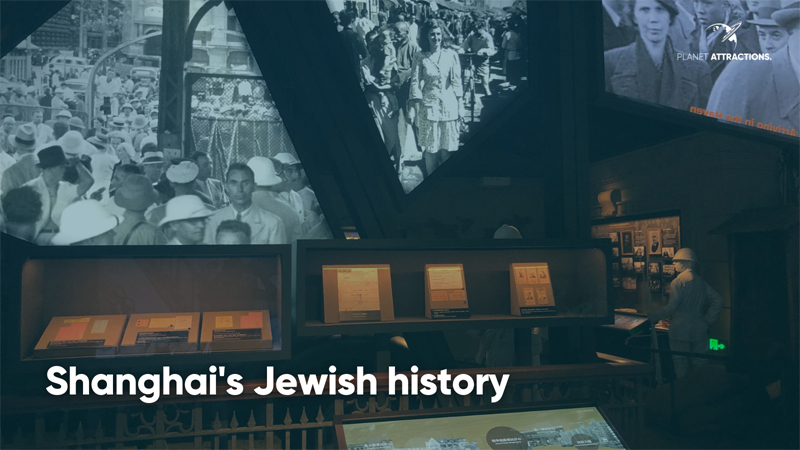
The museum focuses on the late 1930s and 1940s, a time when the Chinese were under Japanese occupation, and Jewish people were fleeing Nazi Germany.
With few countries opening their doors to welcome them, around 20,000 Jewish refugees managed to escape to Shanghai, where they were given sanctuary in the city’s Hongkou district.
The museum tells the story of the refugees, from their journey across the oceans to China, to the shelters provided for them, to the communities they built and the lasting bonds that were created.
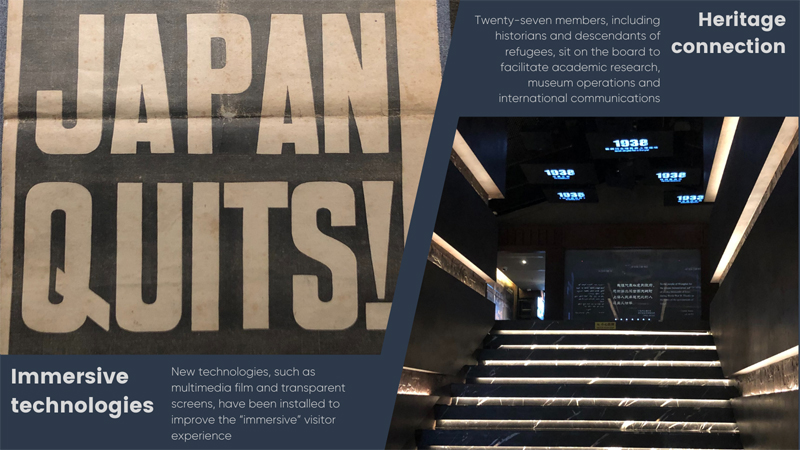
Finding out what life was like for the Jewish refugees is the museum’s main mission. The stories of these people have been portrayed through historical artefacts and photographs, donations from former Jewish refugees in Shanghai, including a huge variety of multimedia presentations, dioramas depicting living conditions, and personal accounts – more than 1,000 exhibits in total.
Unlike some other attractions I have visited in China, the museum does an outstanding job of providing thorough and accurate English-language translations alongside the Chinese, and audio guides are also available for visitors.
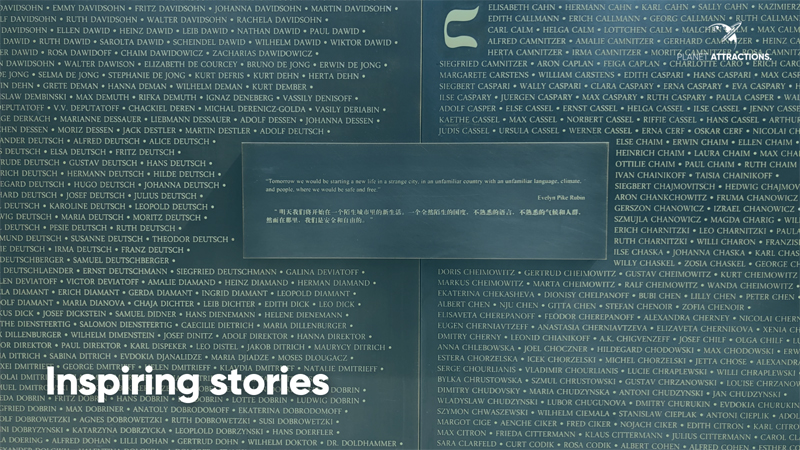
Of course, life was not easy for the Jewish people. There was little food, no money, and conditions in the temporary shelters were cramped and crowded. By 1943, the Japanese had forced Jews into a designated area for stateless refugees (the Shanghai ghetto), where they lived in confinement under strict regulations.
But visitors learn many inspiring stories in the museum too. Exhibits explain the actions of Chinese diplomat Ho Feng-shan, who signed documents enabling hundreds of Jews entry to Shanghai, and the Sassoon family, who were instrumental in providing accommodation when they arrived. They also learn about Jewish businesspeople, artists, and professionals who used their skills in their new communities. For example, musicians gave concerts and performances, and gave lessons to Chinese students – some of whom went on to great success. Journalists established newspapers and radio stations, and doctors provided medical services.
One of the museum’s highlights is the Wall of Names - an engraved wall in the courtyard featuring the names of 18,578 Jewish refugees who spent months, years, or even the rest of their lives in Shanghai. During the closure, the wall has received an update, with more than 5,000 names added and further space left for more to be added during future research. The tranquil exterior space is a beautifully designed tribute marking the end of the visitor experience.
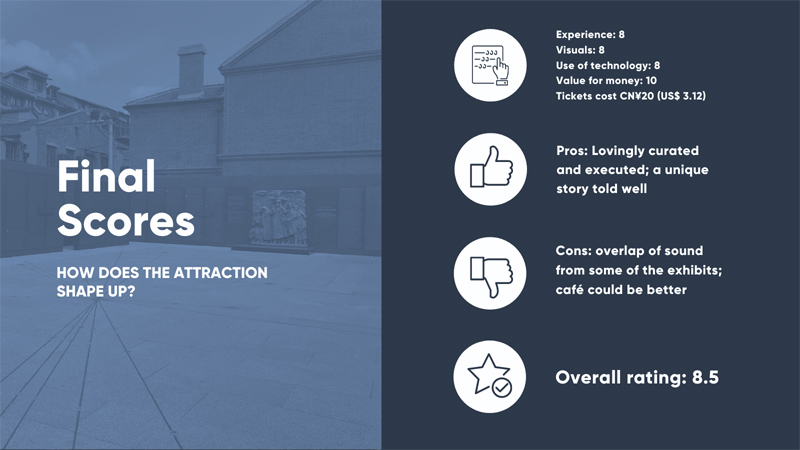
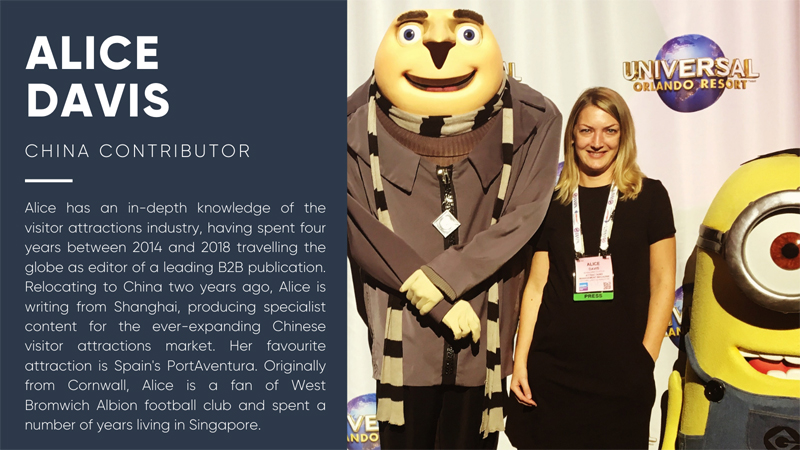
Museums and galleries
|
|






Supplier Showcase 2025: The biggest attractions projects landing worldwide this year
|